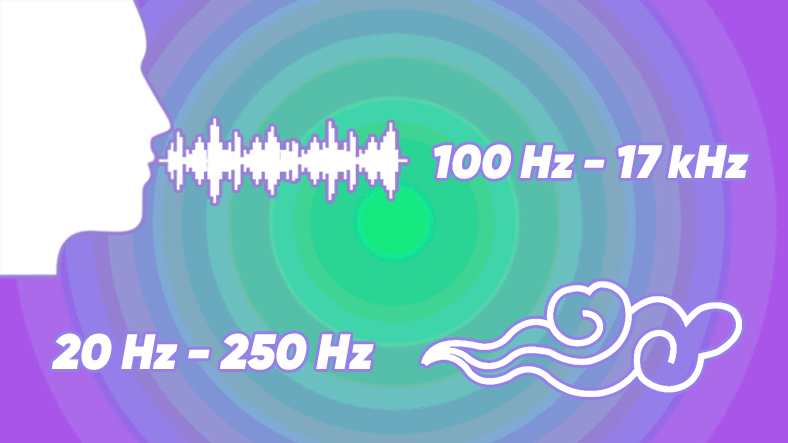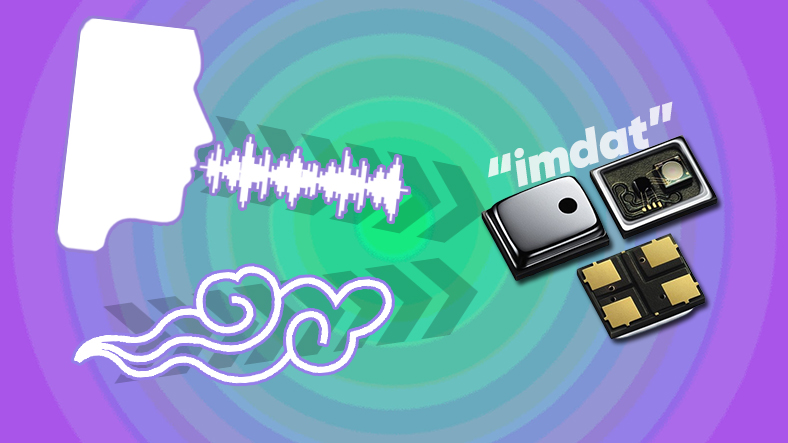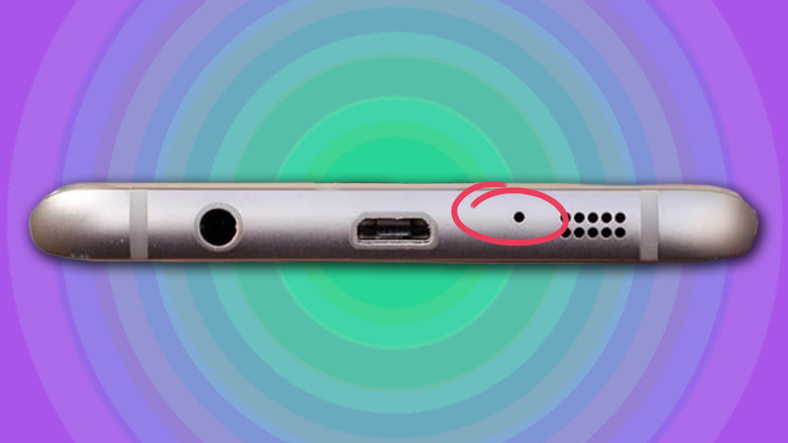It is very frustrating when the wind destroys everything while talking on the phone or trying to record a video/audio in windy weather. Why do our microphones still record so loudly when the wind blows, despite the passing of years and the advancement of technology?
“There is wind, I can’t hear it; I’ll call you later” Saying is one of the ways that comes to our rescue when talking to someone we don’t like on the phone. Of course, sometimes in the middle of an important conversation, the deafening wind noise from the other side can make us nervous.
So why does this sometimes saving and sometimes frustrating situation happen? The sound of the wind, talking on the phone Why is it making such a loud noise? Especially when the person on the other end is closer to the phone?
To understand why, we first need to learn about the microphones used in our phones:
The microphones of our phones, which are small enough to fit in our pockets but advanced enough to communicate with the world, have several features. microphone first. must be small, require little electricity to operate, and provide quality sound transmission.
These features also MEMS (Micro Electrical Mechanical System) microphone welcomes. MEMS microphones are often preferred by companies for smartphones due to their miniature size, cost-effectiveness and good communication capability. These microphones are converts sound frequency into electrical signals They have diaphragms.
MEMS microphones can capture sounds in the entire frequency band from 20 Hz to 20 kHz. So what we need to learn now is the frequency values of humans and wind:

On average, a male’s vocal frequency range Between 100 Hz and 8 kHz. If the average vocal frequency range of a woman is 350 Hz to 17 kHz between. The breaking point lies in the average sound frequency range of the wind.
The average sound frequency range of the wind, Between 20 Hz and 250 Hz. This shows us that there is a clear overlap in the low frequency range between human voice and wind noise. The MEMS microphone in our phones more easily detects wind noise, which is lower than the frequency of the human voice; therefore sound of wind, talking on the phone surpasses the human voice.
“Okay, but that doesn’t explain why the wind is louder than usual on the phone,” we seem to hear you say. Let’s explain:

Basically there are two reasons behind this:
- When located in an area with fast winds, as the wind pressure hits the diaphragm in the microphone. adds to the pressure of your voice. This causes a higher-than-necessary pressure on the diaphragm and converts it to a higher amplitude signalso that the wind noise is on the other side of the phone. to be heard higher than it really is causes.
- Certain microphones are used to pick up low-frequency sound and make it clearer. amplify the signal. Since the wind frequency is low, the microphone picks up his voice and amplifies it accordingly. This is more on the buyer. causes a loud wind noise.
Can’t we reverse this situation by putting better quality microphones on phones? For example, microphones that only detect human voices?

Multidirectional and One Way There are two types of microphones. Versatile ones, as the name suggests, have the ability to convert sounds coming from more than one direction into signals. The advantage of these microphones is that when talking our mouth does not need to be held directly at the microphone. The disadvantage is that unnecessary sounds are also converted into signals. it is noise.
Unidirectional microphones, on the other hand, only detect sound coming from a certain direction. In this way They do not transmit noisy sound. The disadvantage of these microphones is, You have to hold the microphone to your mouth and speak.
So how do smartphone manufacturers solve this situation?

Today, smartphone companies are shrinking unidirectional microphones and putting a few of them on our phones, and you can transfer noiseless sound directly without holding the microphone to your mouth. Smartphone manufacturers producing more budget-friendly devices are omnidirectional microphones, noise canceling They use it by supporting it with artificial intelligence that provides
Regardless, probably talking on the phone in windy weather manually muting the microphone It will be a method that we will never give up…
RELATED NEWS
